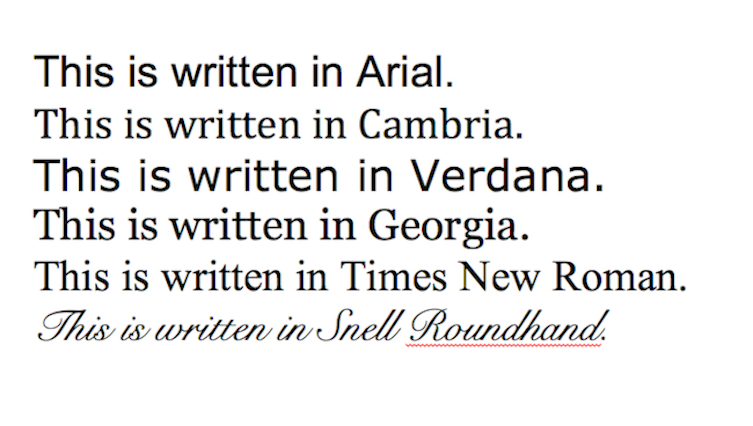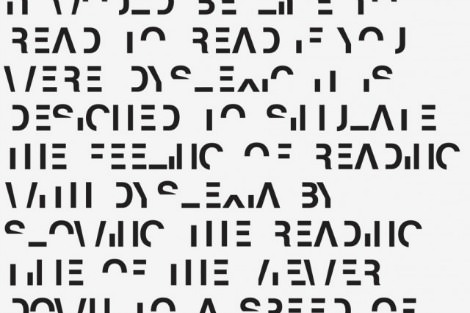

People with dyslexia often “see” letters swapping places, turning back to front, melting together, or just generally changing in ways that make it difficult or impossible to read. Whether it’s a Word document, a web page, a spreadsheet, subtitles on a video, or any words written down, they all use a font. Fonts Image courtesy of Īnything that’s written in a digital format must use a font. As the web is full of written content, the right fonts and extensions can make consuming digital content much easier for those with dyslexia. That’s it! The font should now appear in common desktop applications such as Microsoft Word.įind out more about how dyslexia software can help people struggling with dyslexia.Dyslexia is a learning condition characterized by difficulties with reading and, to a lesser extent, writing. Click the install button in the viewer to add the font to your computer. Unzip the folder to see the list of fonts.Ĥ. Clicking the download button will download a zipped folder with all font variations.ģ. Here you will see several versions of the font (bold, italic, etc.) and a download button. Click “Download Now” to be taken to the download page. Now that you know what the font is, here is how to access it…ġ. The unique shapes of each letter can help prevent confusion through flipping and swapping. Consistently weighted bottoms can also help reinforce the line of text. You are able to quickly figure out which part of the letter is down which aids in recognizing the correct letter, and sometimes helps to keep your brain from rotating them around.

Letters have heavy weighted bottoms to indicate direction. According to the site, OpenDyslexic is created to help with some of the symptoms of dyslexia.

If you are not familiar with OpenDyslexic, it is basically a font that is designed to help readers with Dyslexia.


 0 kommentar(er)
0 kommentar(er)
